Conrad Schickerling, besides his radio vacuum tubes, made various electrical products, and claimed to have been in business since 1898. Here are a few of those products named below-
Ultra-Violet sun lamps, Automatic Ultra-Violet aquarium heaters for tropical fish, Ultra-Violet vapor health lamps, Ultra-Violet window-glass light fixtures(reflectors), Ultra-Violet water purifiers, Ultra-Violet water and air-cooling apparatus, Ultra-Violet surgical and dental supplies, Radio tubes, TV tubes, Morelite helix incandescent lamps, Polarair motorless electric refrigerators, 8 in 1 automatic electric safety fuses, Automatic cloth cutting marker, No-glare auto lamps, Two-in-one light bulbs, Automatic electric water heaters, Tropical fish and aquatic specialties, Electric appliances and finally light bulbs. It is stated that their ultra-violet light bulbs used fused quartz for the bulb material that made UV light that was normally lost. Schickerling used various methods for marketing these products and among them was mail-order sales, sales through the Rudolph Wurlitzer and walk-in’s directly in the factory. While this author has never seen any of the products above, save for the light bulbs and vacuum tubes, it is not known if they actually worked or not but most descriptions seem quite dubious. As for the Shelby shaped light bulbs, my example works as it should. A few prominent authors have declared the vacuum tubes useless and this author agrees. I have tested a few from my rather small numbered examples that appear to be new-in-the-box and found them to have little or no output at all. The tube in Fig. 9 is a case in point. This tube went to court when the buyer found it to have no output when tested after removing it from the still sealed box it came in. See more on tubes that went to court here: https://vacuumtubearchive.com/vacuum-tubes-that-went-to-court/
How Schickerling remained in business is a mystery especially for his start in the vacuum tube business in 1921. He did no national advertising at all except in small obscure magazines. Changing the name of his business’ and their location kept him out of the lime light. The first business name was the TVT Corporation of Newark, NJ and referred to his first set of triangular shaped plates with a hole in the middles through which the filament lead was placed. This was clearly not a working tube at all. To try and improve it, he added what he called a stabilizing element tied to the filament and further claimed it prevented all static but now stating it was a 4 element tube. False claims for evading the patent situation with a non-working tube. In 1923, Schickerling then changed the name of the business to Schickerling Products Manufacturing Company. He also changed the triangular logo with his name below to placing the name over the logo and changing the stabilizer to connect to the plates. This had no effect on the poor output of the entire line. In 1925, he changed the name again to Schickerling Products Corporation and introduced a new gimmick, using radium glass for the bulbs. Again, no change in performance. In 1926, bakelite bases were in use with very little improvement in quality. A few of his later tubes in the early thirities’ used conventional methods of manufacture, like the SX 201-A, but it was over for him. RCA finally put an end to Conrad Schickerling.
Click on pictures below for a large view and look for the descriptions:





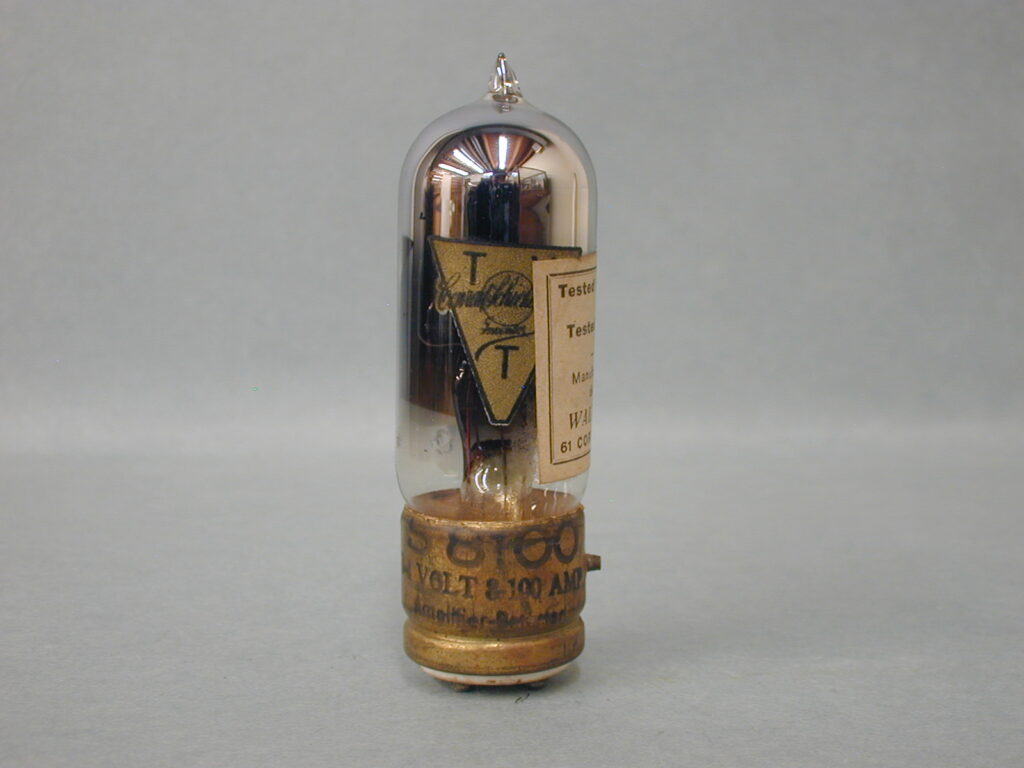

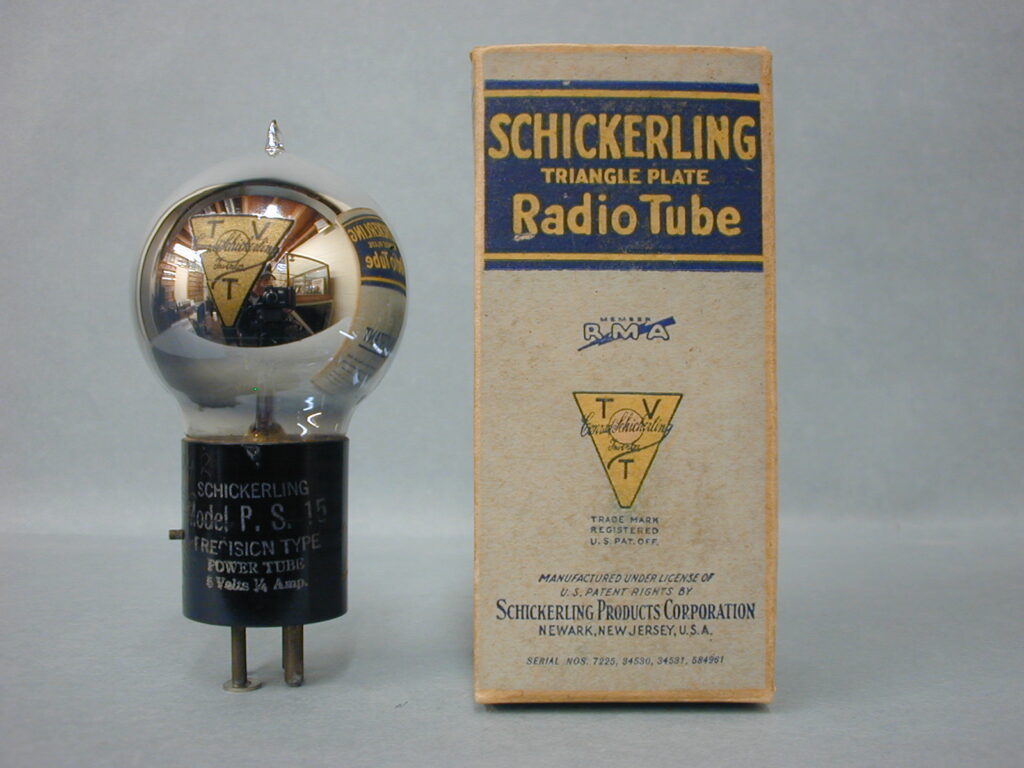
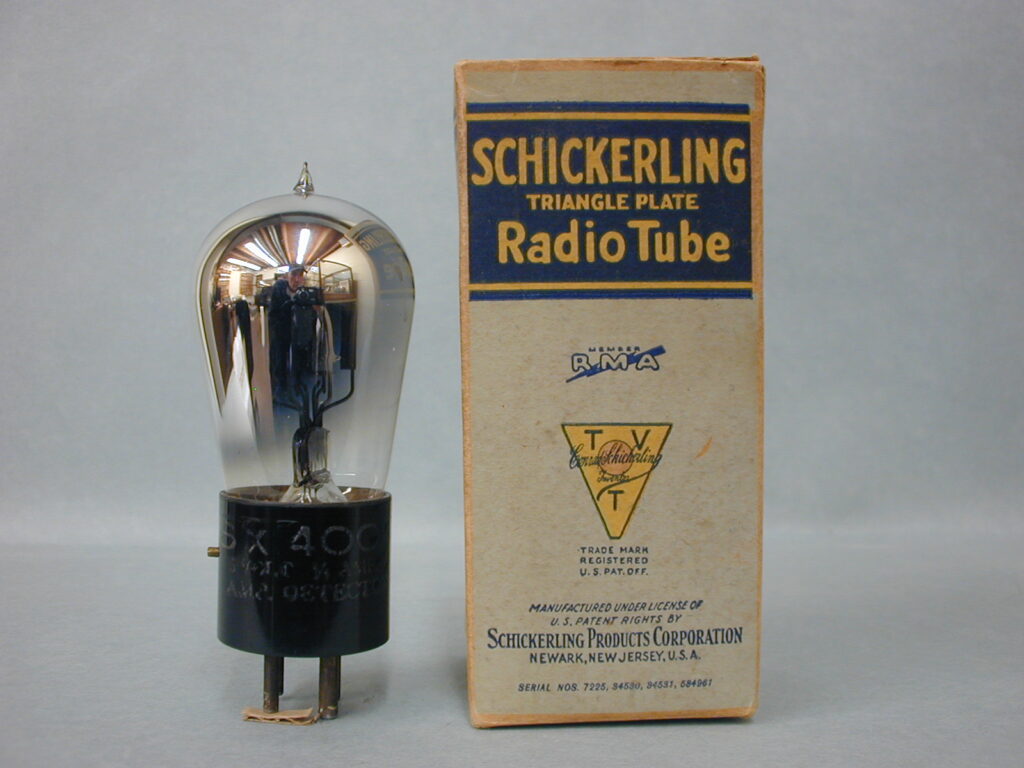
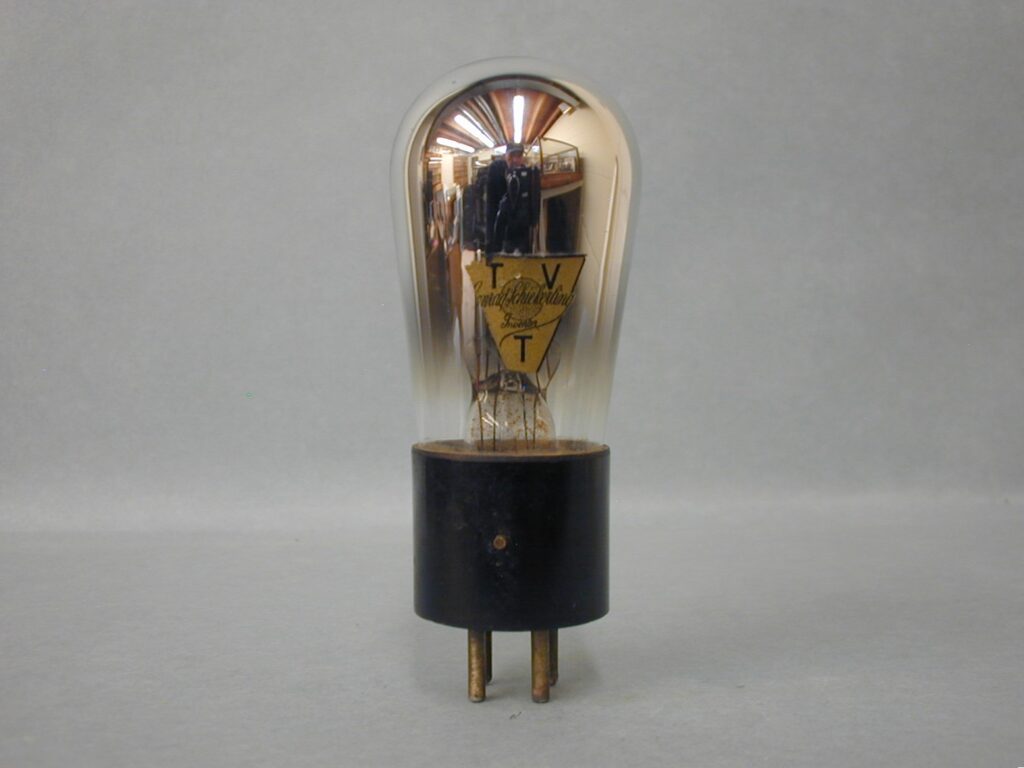

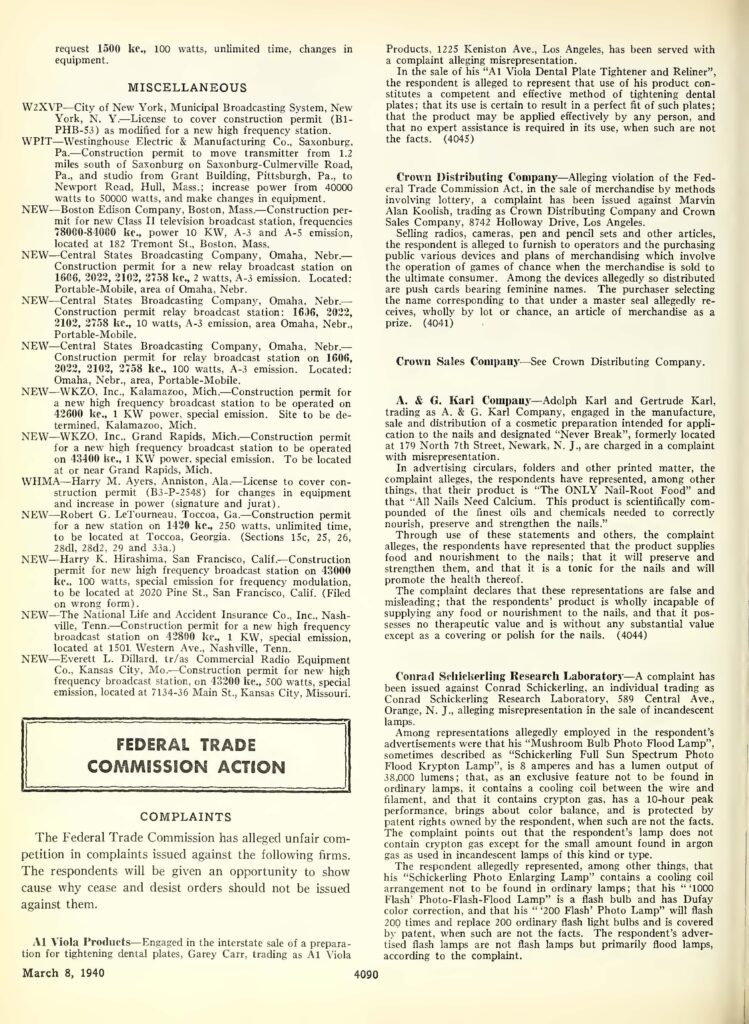

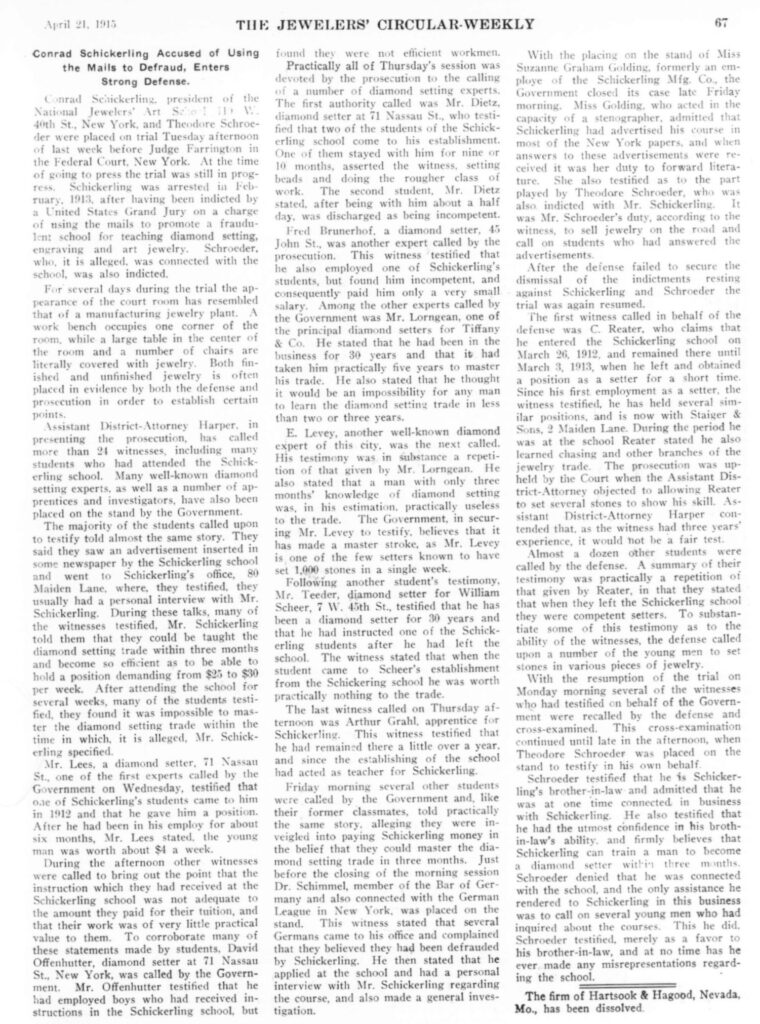
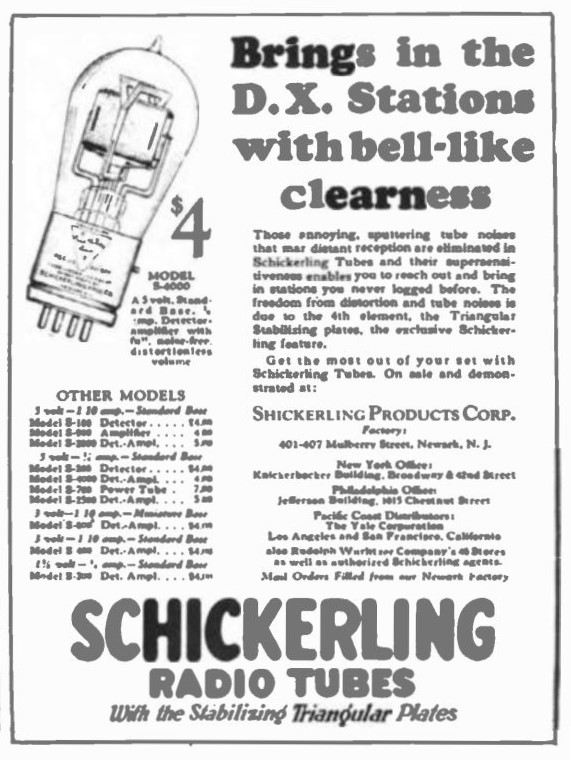
Fig. 1. Early S-400 det/amp with a nickel base. The base used was left-over stock from the DeForest type 20 tubes of which only a few were made.
Fig. 2. UV based S-200 detector with shipping box.
Fig. 3. UV base S-700 DC tube and box.
Fig. 4. UV based S-900 DC amplifier.
Fig. 5. UV based det/amp. About the same as a 01-A.
Fig. 6. S-8100. This was meant to be a direct replacement for the standard UV 199 with a slightly higher filament current at .08. First and last Schickerling gimmick tube to use radium glass. He could not explain how this would improve the tube.
Fig. 7. S-8100 with box. Same as fig. 6 with a bakelite base.
Fig. 8. PS 15 with box. This was meant to be an audio power output tube.
Fig. 9. SX-4000 with box. Same as a bakelite base UX 01-A. This is a tube that went to court because it had no output when checked new out of the box.
Fig. 10. Very hard to find SX 201-A with bakelite base a machine made bulb. This particular tube is not mentioned in any brochure nor is it shown on any website.
Fig. 11. This is another view of the branding on the tube in fig. 10.
Fig. 12. Federal Trade Commission document from as late as 1940. Vacuum tubes and light bulbs were not the only shady business ventures Schickerling was involved with. Read the document.
Fig. 13. A New York Times report tells of a swindle perpetrated by Schickerling. What the report does not state is that Conrad and his brother Alfred were jewelers in New York city before the turn of the last century. I cannot be certain that Alfred was part of the deal.
Fig. 14. Another fraudulent business Schickerling started to collect money. This time it involved diamond setting school. The court heard expert witnesses and students stating they were defrauded.
Fig. 15. One of a scant few advertisements Schickerling placed in obscure magazines to draw attention, but not too much.
Sources:
National Association of Broadcasters report from 1940.
billo1a.com
The Capital Times, 1924, Madison Wis.
The New York Times, 1906.
Radio in the home, 1924
The Jewelers Circular Weekly, 1915.
Lud Sibley, TCA magazine, Feb, 1999
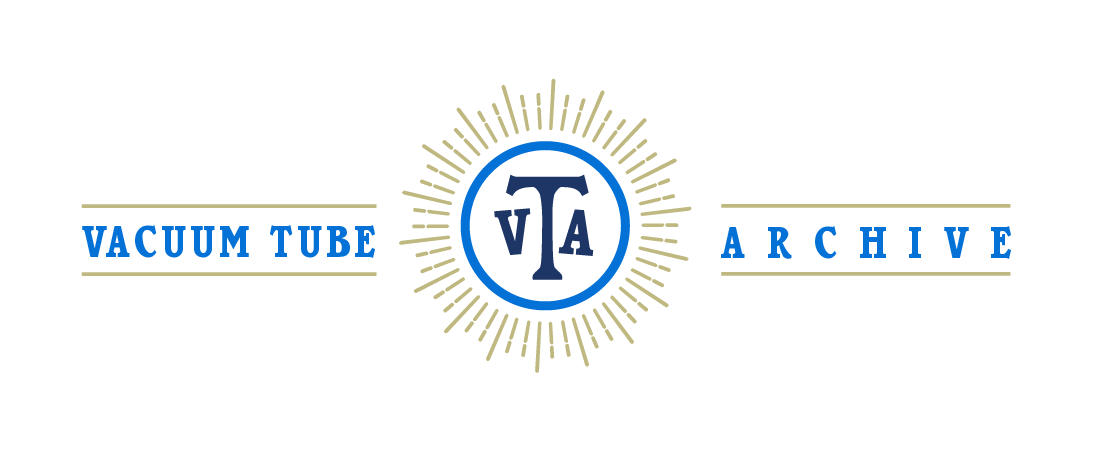
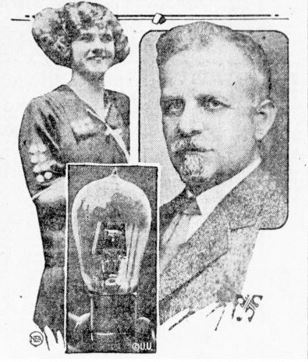
Leave a Reply